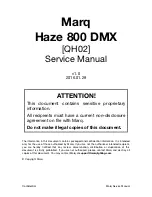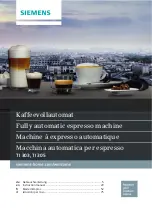
122
UTILITY STITCHES
— — — — — — — — — — — — — — — — — — — — — — — — — — — — — — — — — — — — — — — — — — —
Scallop stitching
The wave-shaped repeating pattern that looks like
shells is called “scalloping”. It is used on the collars
of blouses and to decorate the edges of projects.
a
Attach monogramming foot “N”.
• For details, refer to “Replacing the presser
foot” (page 44).
b
Select stitch
27
.
• For details, refer to “Selecting stitching” (page
51).
c
Stitch along the edge of the fabric, making sure
not to sew directly on the edge of the fabric.
• For better results, apply spray starch onto the
fabric and press with a hot iron before it is
sewn.
d
Trim along the stitches.
• Be careful not to cut the stitches.
Smocking
The decorative stitch created by stitching or
embroidering over gathers is called “smocking”. It is
used to decorate the front of blouses or cuffs.
The smocking stitch adds texture and elasticity to
fabric.
a
Attach zigzag foot “J”.
• For details, refer to “Replacing the presser
foot” (page 44).
b
Select the straight stitch, and then adjust the
stitch length to 4.0 mm (3/16 inch) and loosen
the thread tension.
• For details, refer to “Adjusting the stitch
length” (page 59) and “Adjusting the thread
tension” (page 59).
• Pull up the bobbin thread. For details, refer to
“Pulling up the bobbin thread” (page 38).
c
Sew parallel stitching at intervals of 1 cm
(3/8 inch).
a
1 cm (3/8 inch)
• Do not use reverse/reinforcement stitching or
thread cutting.
• At the end of the stitching, the thread is
pulled out about 5 cm (2 inches).
d
Pull the bobbin threads to create gathers.
Smooth the gathers by ironing them.
J
1
Summary of Contents for Innov-is 1250D
Page 1: ...GETTING READY SEWING BASICS UTILITY STITCHES EMBROIDERY APPENDIX Operation Manual 1 2 3 4 5 ...
Page 2: ......
Page 6: ...4 ...
Page 50: ...GETTING READY 48 ...
Page 202: ......
Page 203: ......
Page 204: ...Operation Manual PANTONE 285 Black Fcombo_EU EN_cover1 4 ...
















































